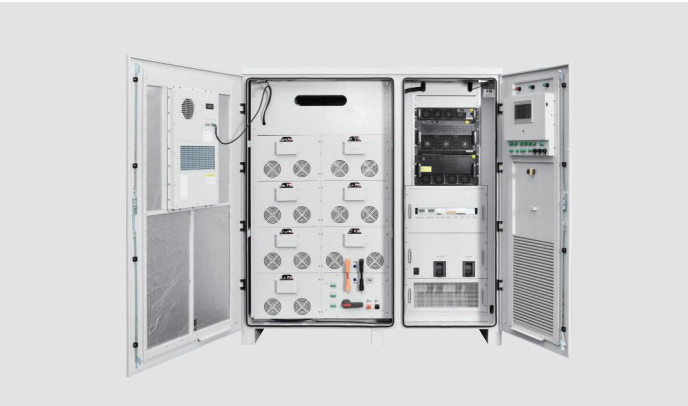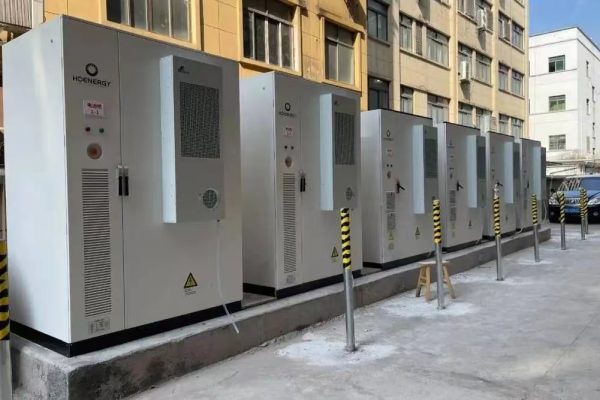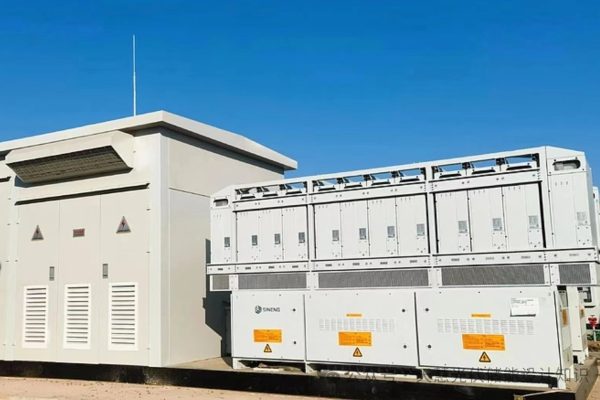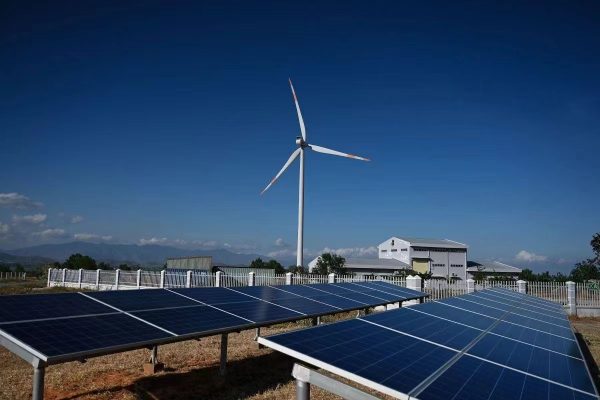⚙️ Why Understanding Load Profiles Is Crucial in C&I Energy Storage Projects
In Commercial and Industrial (C&I) energy applications, understanding the load profile is the foundation of any successful energy storage system (ESS) design. Unlike residential usage patterns, C&I facilities often exhibit sharp demand peaks, equipment-driven loads, and complex operating schedules.
A properly designed ESS can maximize self-consumption, enable peak shaving, participate in demand response, and reduce time-of-use (TOU) charges—but only if the system matches the real-world load characteristics.
In this article, we’ll explore typical load profiles in various C&I sectors, and how they influence system design, sizing, and technology selection for PV + battery or standalone ESS projects.
🏭 Key Types of Load Profiles in C&I Applications
C&I load curves vary depending on business type, operations, climate, and energy-intensive equipment. Here are the five most common types:
1. Flat Continuous Load – 24/7 Operations
Typical sectors: Data centers, cold storage, hospitals, server farms
Features:
- High, consistent load day and night
- Minimal variation; predictable daily curve
- Critical loads (often require backup systems)
Implications:
- PV self-consumption is high, as solar offsets constant base load
- Battery use: Mainly for backup and demand charge reduction
2. Daytime Peak Load – Office Buildings / Retail
Typical sectors: Offices, supermarkets, schools
Features:
- Sharp rise in load from 8 am to 6 pm
- Peak aligns with solar generation curve
- Drops in evenings and weekends
Implications:
- Ideal for PV + battery self-consumption
- Battery can be smaller; mainly supports TOU shifting or short-term grid support
3. Evening/Night Peak Load – Hospitality / Entertainment
Typical sectors: Hotels, restaurants, event venues
Features:
- Peak demand starts after sunset
- Lighting, HVAC, kitchens, elevators peak from 6–11 pm
- Weekend activity more intense
Implications:
- PV generation doesn’t align with peak
- Battery plays a critical role, discharging from sunset to night
- Larger battery banks needed for full coverage
4. Double Peak – Manufacturing with Split Shifts
Typical sectors: Industrial factories, textile mills, electronics
Features:
- Early morning peak (7–11 am)
- Mid-afternoon to early evening peak (2–7 pm)
- Heavy machinery, HVAC loads, motors
Implications:
- Requires sophisticated EMS to predict and flatten peaks
- Suitable for peak shaving + time-of-use optimization
- Battery + EMS coordination crucial to ROI
5. Intermittent / Batch Load – Agro Processing, Welding, Printing
Typical sectors: Metal fabrication, plastic molding, food packaging
Features:
- Load spikes tied to batch production cycles
- Irregular or seasonal usage
- May operate only certain days of the week
Implications:
- Requires demand forecasting
- Energy storage design must factor idle time vs. peak burst
- Ideal candidate for energy arbitration + backup
🔍 Analyzing a Real C&I Load Curve Example
Let’s take a look at a light industrial building:
| Time | Load (kW) |
|---|---|
| 6–8 am | 50 |
| 8–12 pm | 120 |
| 12–2 pm | 90 |
| 2–6 pm | 140 |
| 6–10 pm | 60 |
| 10–6 am | 20 |
Insights:
- Morning & afternoon peaks
- High potential for PV during 10am–4pm
- Battery needed for 2–6pm peak shaving
- Consider hybrid inverter with peak demand control
📊 Designing ESS Around Load Profile Types
| Load Profile | PV Role | Battery Role | EMS Role | System Priority |
|---|---|---|---|---|
| Flat Load | High offset | Backup, grid response | Grid balancing | Reliability |
| Daytime Peak | Full offset | TOU shifting | Simple scheduling | Cost saving |
| Night Peak | Minimal | Primary discharge | Load prioritization | Energy availability |
| Double Peak | Partial | Peak shaving | Advanced EMS | Grid stability |
| Batch Load | Variable | Fast response | AI/demand prediction | Energy arbitrage |
🔧 Matching Inverter and Battery to Load Curve
Inverter:
- Must support multiple operating modes (on-grid/off-grid/hybrid)
- Should allow custom load scheduling
- Consider multiple MPPTs if rooftop PV is split
- EPS or backup mode is a must for critical loads
See our guide: 👉 How to Choose a Hybrid Inverter for Small-Scale PV Projects
Battery:
- High cycle life (5000–8000 cycles) for daily use
- Fast charge/discharge for load peaks
- Scalable capacity (rack/stack type)
- Check battery C-rate compatibility with load spikes
🧠 How EMS Enhances Load Matching
Modern C&I EMS platforms offer:
- Load forecasting based on historical data
- Dynamic load shedding in emergency
- TOU optimization (charge during off-peak, discharge during peak)
- Integration with diesel genset / grid curtailment signals
Investing in EMS is critical to extracting full economic value from your C&I system.
🧾 Why Load Profile Defines Your ROI Model
Let’s compare two facilities:
| Factory A | Hotel B |
|---|---|
| 8am–6pm operation | 5pm–11pm peak |
| High solar overlap | Solar mismatch |
| PV-heavy system | Battery-heavy system |
| Fast ROI (~4 years) | Slower ROI (~6–8 years) |
Your load curve determines system type, sizing, and financial return.
🧭 Final Thoughts
C&I load profiles are more than just a curve—they’re a blueprint for your entire energy strategy.
Whether you are an EPC, distributor, or end-user planning a commercial solar + storage project, investing the time to understand the load structure will save you time, cost, and complexity down the road.
💬 Need Help Analyzing Your Facility’s Load Curve?
We support integrators and facility managers with:
- 📈 Load profile analysis
- 🧮 System design recommendations
- 📦 Battery + inverter matching
- ⚡ Rapid-response BOM quotes (small and mid-scale welcome)









